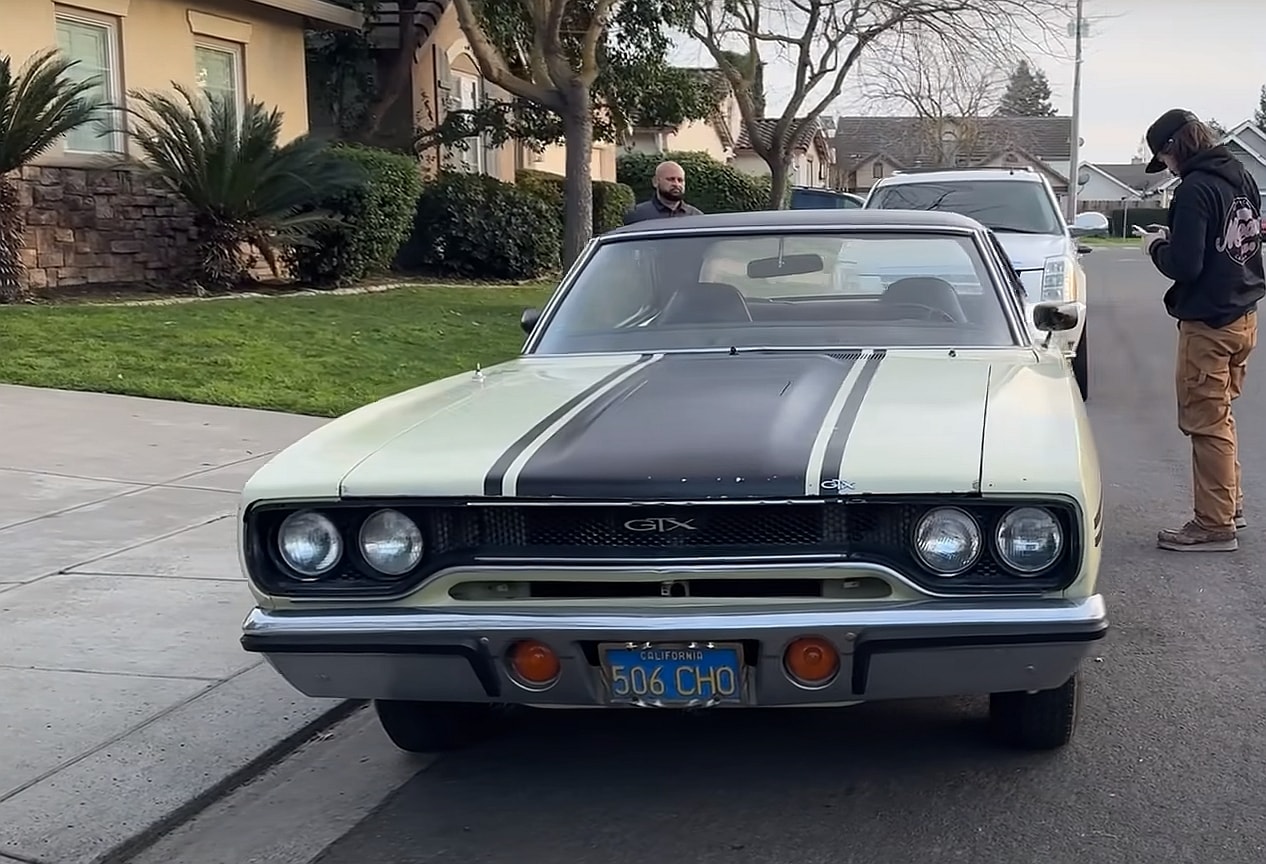When Plymouth redesigned the midsize Belvedere for the 1965 model year, they also introduced a new Satellite version, available exclusively as a hardtop or convertible with V8 engines.
Positioned as a top-of-the-line B-body offering, the Satellite garnered attention. In 1967, Plymouth elevated the Satellite lineup with the introduction of the GTX variant.
The GTX wasn’t just about luxury; it emphasized high-performance capabilities. While the Satellite offered small-block V8 engines, the GTX focused on top-tier performance, featuring a standard 440-cubic-inch (7.2-liter) RB engine upgradeable to the 426-cubic-inch (7.0-liter) HEMI V8.
![]()
Despite its impressive features, the GTX faced challenges in attracting buyers, particularly due to its higher price tag compared to other muscle cars. Sales figures reflected this, with only 12,010 units sold in 1967 and modest increases in subsequent years. In contrast, the more affordable Road Runner outsold the GTX significantly.
Sales dwindled further in 1969 and 1970, with the Road Runner far surpassing the GTX in popularity. By 1971, only 2,942 units were sold, marking the end of the GTX’s production. Despite its low sales figures during its lifespan, the GTX has gained rarity and desirability as a classic car, especially the HEMI versions.
The scarcity of certain variants, such as the 440 Six-Barrel, adds to the allure of the GTX among collectors. With its distinctive design and performance credentials, the GTX remains a sought-after classic car, embodying the spirit of the era’s muscle car culture.

